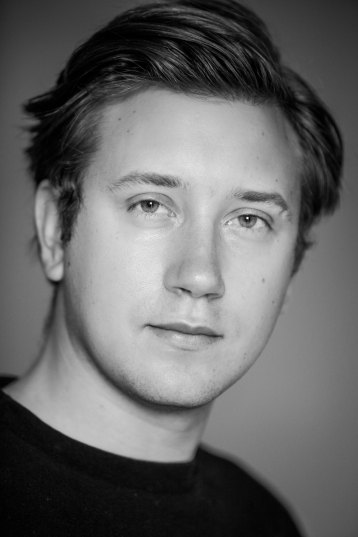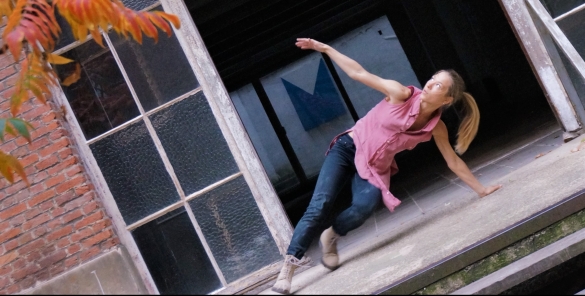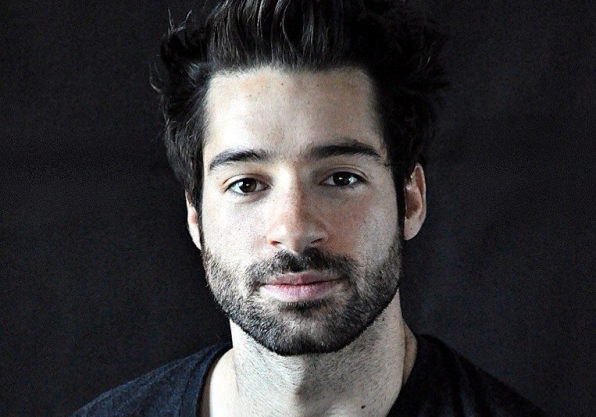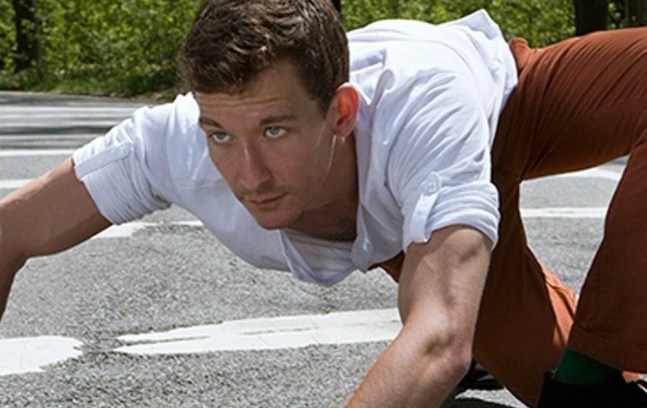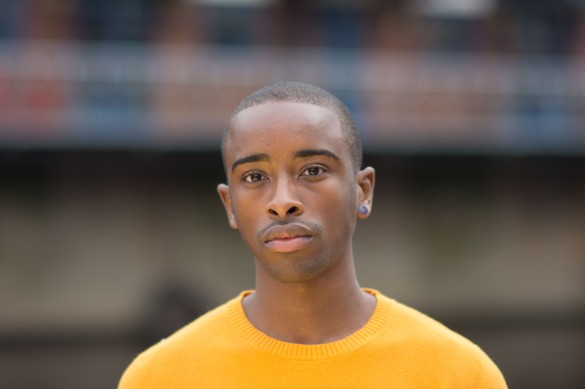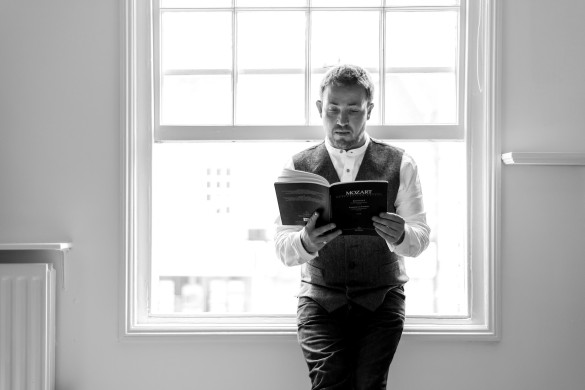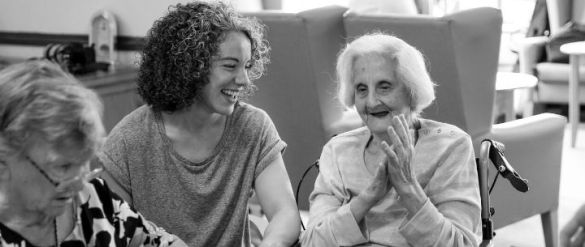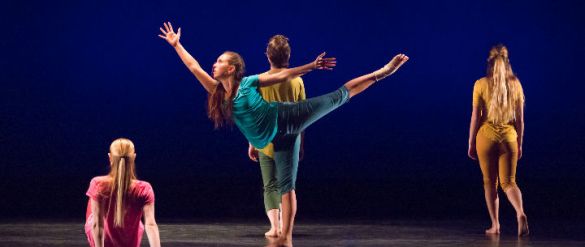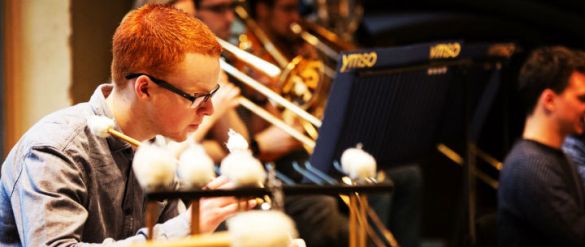Ahead of Transitions’ 2018 international tour, we caught up with award-winning Israeli choreographer, Hagit Yakira, who worked with the company on brand new piece ‘The Ar/ct of Moving Forward’.

What have you most enjoyed about working with the Transitions dancers?
The energy, lack of pretentiousness, curiosity, commitment, team work. The company dancers were there for the research – and this is truly magical – especially for the way that I work.
The 2018 company is truly international – do you think this has had an impact on the style of the company and/or the way you worked with them?
It does have an impact, of course! This diversity of people, cultures and educations adds acceptance, dialogues, flexibility. It locates oneself in a broader context and I think it encourages humility, which I find truly important.
In brief, how would you sum up your piece?
It’s about the act of moving forward – literally and poetically.
What was your inspiration behind the work?
My main inspiration was London and the fact that I feel there is an unspoken rule here which is the necessity to move forward. Any hesitation, suspension, pausing is an interference for London’s practicality. London is of course is prototype for something broader – I didn’t want the piece to convey this in a direct or literal way. I wanted to find a poetic, physical and metaphorical way to work with the idea of moving forward, with traveling, with time and with the dancers. I wanted them to be seen as individuals – 14 individuals who form a group.
You utilise improvisation in the piece the work. How have the dancers reacted to this and what do you hope the end result will be?
It wasn’t easy. The way I work with improvisation is very specific, it’s extremely physical and requires the dancers to be fully engaged and all the time. It is a constant battle for the body and the mind but in a good way. It is a constant challenge, but a good and rewarding one. One of the dancers mentioned it was as if he was reborn through the process.
The result of that is an autonomy the dancers will experience every time they will perform on stage. The piece will keep evolving – the details, the precessions, the listening to one another – and much more will become better and better, and this will allow the dancers an amazing sense of progression and self-reflection.
Transitions was the very first student touring company and recently celebrated 35 years. Do you think it has had an impact/what impact do you think it has had on the dance landscape?
I believe that the importance of Transitions Dance Company is that it still exists, still vibrant and alive. It is also a platform in which very talented dancers could and can emerge from; they come out from this year very knowledgeable. It helps them be very well prepared for the professional world – in terms of physicality but also in terms of work ethics and maturity.
You were the very first choreographer to work with the 2017/18 company. What was it like to work with such a fresh company?
It was great! The dancers were open, curious, committed and were fully there, body and mind, every day. They were so receptive of me and my work and the research I had offered them. They were totally in it, with it. It was truly inspiring. There was a real sense of growth in this short (very short) process, individually and as a group.
By Robyn Donnelly (Press & PR)
Transitions 2018 Tour | 19 February – 24 May
For full tour details and to find out more about Transitions Dance Company, visit www.trinitylaban.ac.uk/transitionsdc
To find out more about studying dance at Trinity Laban, visit our pages.

